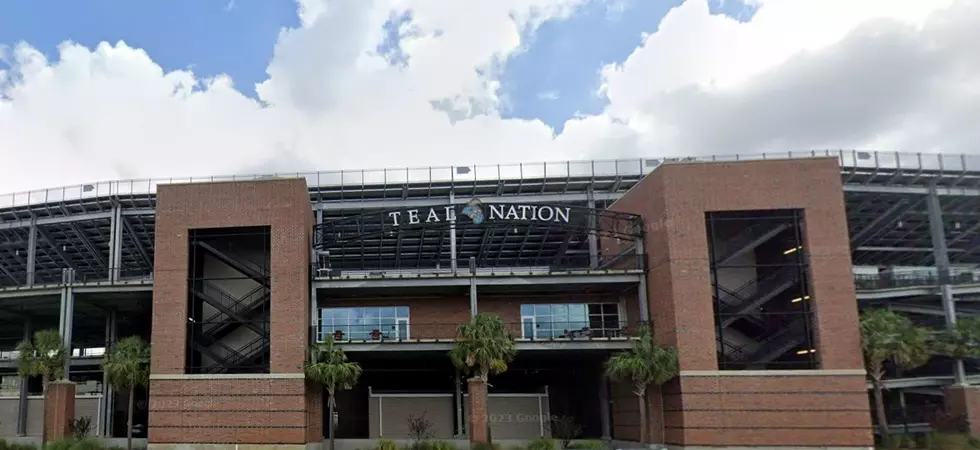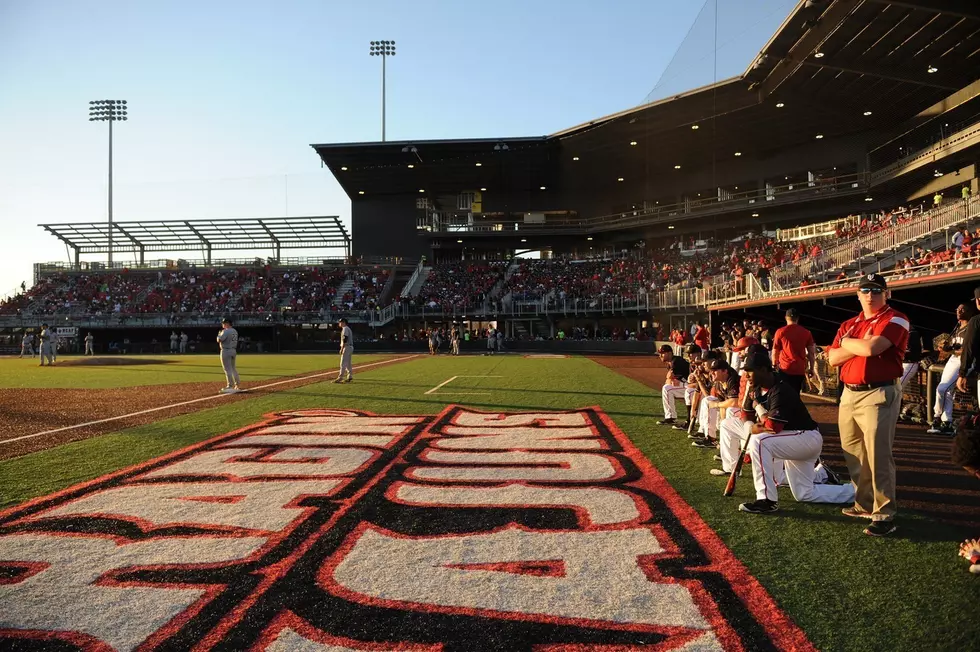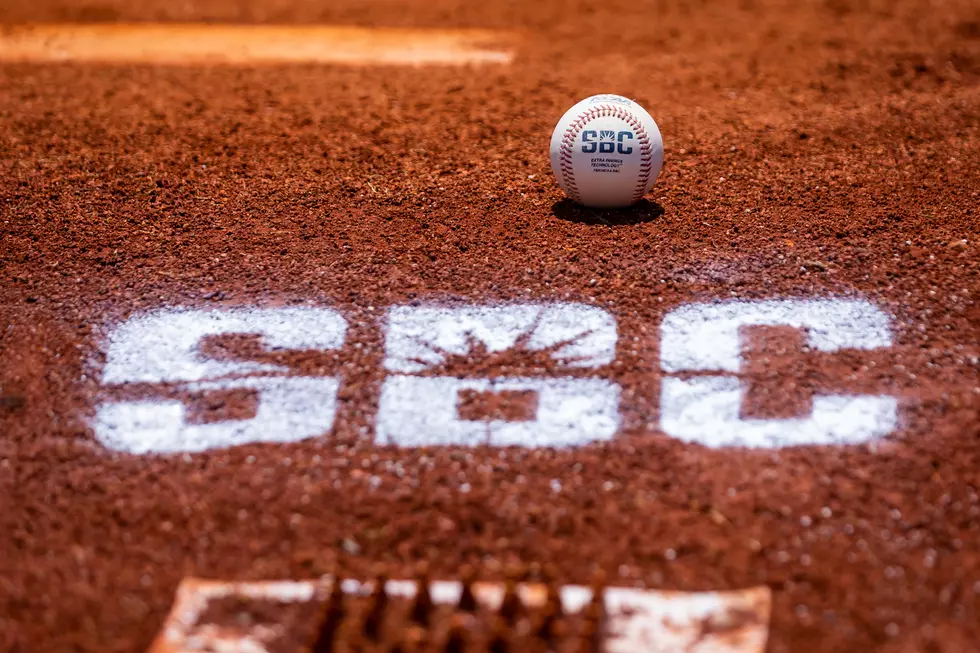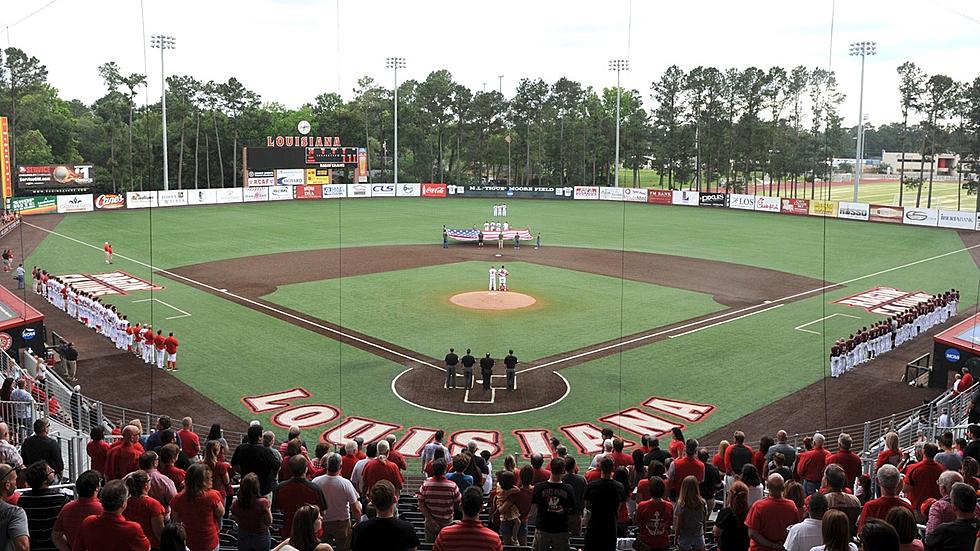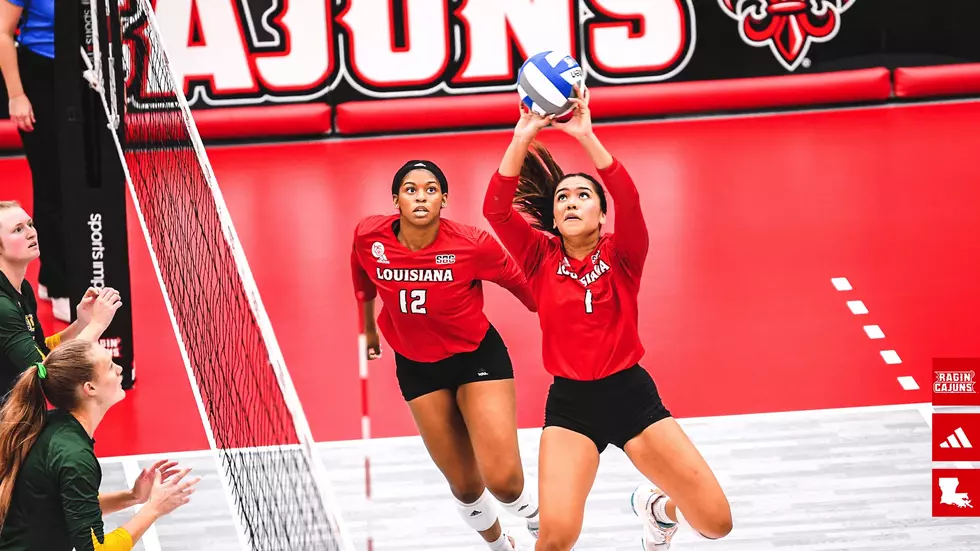
No Need for Drastic Changes in College Baseball – From the Bird’s Nest
Listening to commentators, fans and some coaches and you'd think college baseball was irrevocably broken.
It isn't.
There were only three home runs hit this year during the College World Series, recently completed in Omaha. The champion, UCLA won the title without hitting a home run. Their pitching staff allowed only four runs in five games. They went through undefeated, despite hitting under .200 until the final game.
And, because of that, there have been some that have called for changes in college baseball. The most popular seems to be going from the higher seamed college ball to the pro baseball, which has seams that are raised much less.
But here's my question to all of those folks who feel the need to perform ligament surgery on a sprained ankle: Why?
I don't remember anyone talking about this "problem" in the last three years since the bat specs for college baseball changed. Not during the regular season. Not during regionals. Not during super-regionals.
All the crying and wailing has come up because of TD Ameritrade Park. And, therein lies the issue.
UCLA's team was built to thrive in a ball park like TD Ameritrade. But that's not why John Savage built his team the way he has. He built that team to win in the Pac-12 and the West Coast, where many ballparks are spacious. UCLA won at home. UCLA won at Cal State Fullerton. Both of those parks have wide open spaces and home runs do not abound there.
And, as a result, you don't see a ton of west coast teams will startling power numbers. In fact, the lack of power numbers can be startling.
Here in the South, it's different. Parks are built with prevailing winds blowing out much of the time. The parks are a bit smaller and more conducive to hitters. The pitching, while very good, don't completely dominate as a rule.
See a trend here?
Could it be, just like it is in minor and major league baseball, that the ballpark you play in leads to the numbers you get??
Imagine that.
Balls used to fly out of Rosenblatt Stadium, sometimes at an alarming rate. And, if you recall, there was a lot of complaining then about the stadium being somewhat of a launching pad especially on days when the wind was blowing out, which was most of the time. The powers that be decided it would be better to build the new park facing more to the south, where the prevailing wind would blow in.
That would have been fine...except the NCAA at the same time decided to deaden the bats.
And, then, parks like TD Ameritrade quit rewarding hitters, even when the ball was hit right on the nose.
No one will argue the lack of reward for hitters at this year's College World Series. Because of the winds, anything hit from left-center to right-center had no chance. Down the line, dimensions were shorter and the wind less of a factor.
So here's the only solution that makes sense.
Move the fences in about 8-10 feet.
How many balls hit this year were caught at the warning track or the wall? Let's say, for one minute all of those balls were home runs (which they probably would have been if the fences were 8-10 feet closer.) Would we be complaining about the lack of home runs? You probably would have averaged about one home run per game. Nothing wrong with that at all.
Now, let's get back to the seams issue.
Changing the seams of the baseball would not have gotten many of those warning track fly balls into the stands. In some cases, you just couldn't hit the ball any harder than it was hit. Seams have nothing to do with that.
And, if you use lower seams, teams that have to rely on players who perhaps don't throw as hard and have to rely on movement (read: mid majors) would be penalized because they can't have pitching staff full of guys who throw over 90 miles per hour.
That changes the game of college baseball...and not for the better.
It would be an expensive proposition to move the fences in at TDAP. If you move the fences, you'd probably have to move the bleachers as well. That would be costly. But it's the only solution that makes sense.
Everything else is an overreaction.
More From 103.3 The GOAT


